Home>Furniture>Outdoor Furniture>How To Prevent Decking From Rotting
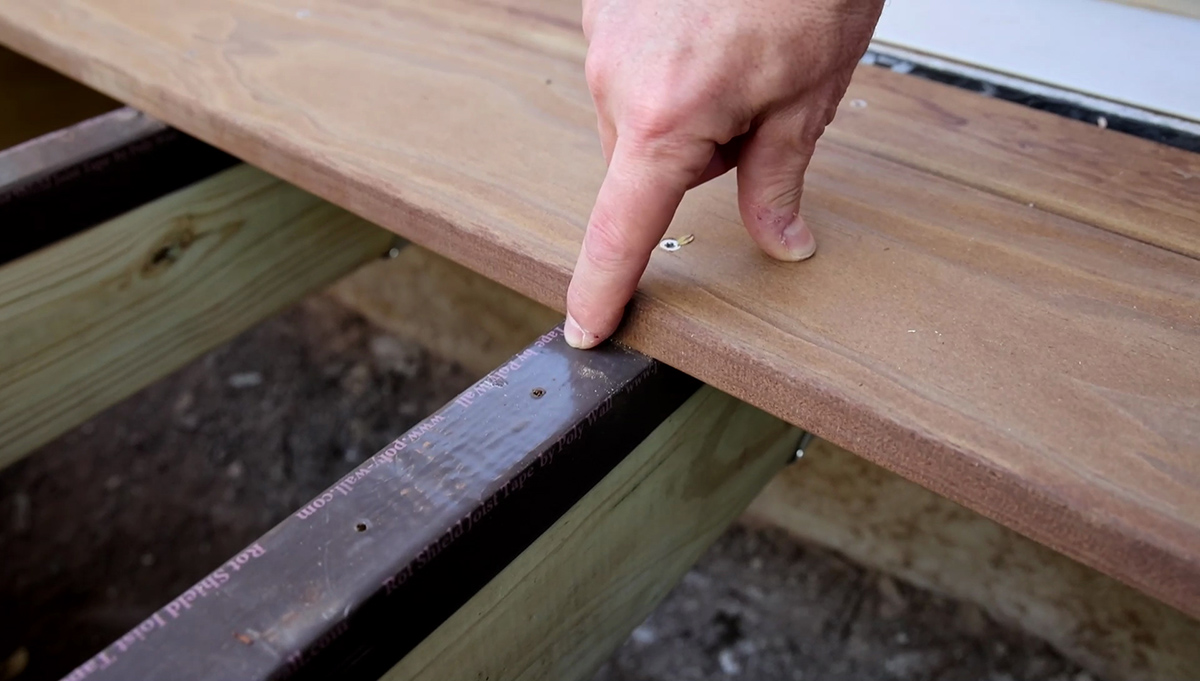

Outdoor Furniture
How To Prevent Decking From Rotting
Modified: October 19, 2024
Learn how to prevent outdoor furniture on your decking from rotting with these expert tips and tricks. Keep your deck looking fresh and durable for years to come!
(Many of the links in this article redirect to a specific reviewed product. Your purchase of these products through affiliate links helps to generate commission for Storables.com, at no extra cost. Learn more)
Introduction
Welcome to our guide on how to prevent decking from rotting. If you’re a proud owner of an outdoor deck, you know that it provides an ideal space for entertaining, relaxing, and enjoying the great outdoors. However, exposure to the elements can take a toll on your deck over time, leading to the dreaded problem of rot.
Decking is particularly susceptible to rot due to its constant exposure to moisture and varying temperature conditions. Rot can cause structural damage, compromise the safety of your deck, and even impact the overall aesthetic appeal of your outdoor space. Thankfully, there are preventive measures you can take to protect your decking and extend its lifespan.
In this guide, we will explore the causes of decking rot, discuss the importance of choosing the right materials, highlight proper construction techniques, delve into the significance of regular cleaning and maintenance, explain the benefits of applying protective coatings, emphasize the need for proper drainage, and provide guidance on addressing rot and damage. By following these steps, you can ensure that your decking remains in excellent condition for years to come.
So, if you’re ready to learn how to keep your decking looking beautiful and durable, let’s dive in and discover the secrets of preventing decking rot!
Key Takeaways:
- Choose rot-resistant materials like pressure-treated wood, cedar, or composite decking to prevent rot. Regular maintenance, proper construction, and drainage are crucial for a long-lasting, beautiful deck.
- Keep your deck rot-free by using protective coatings, ensuring proper drainage, and addressing any rot or damage promptly. With the right materials and maintenance, your outdoor space will stay inviting for years to come.
Read more: How To Prevent Shed Floor Rot
Understanding the Causes of Decking Rot
Decking rot occurs when moisture infiltrates the wood, leading to the growth of fungi and the decay of the cellulose fibers that provide the structural integrity of the deck. To effectively prevent rot, it is crucial to understand the causes and factors that contribute to its development.
One of the main culprits behind decking rot is moisture. Constant exposure to rain, snow, and even humidity can saturate the wood, creating an ideal environment for rot-causing fungi to thrive. Additionally, poor drainage can lead to the pooling of water on the deck’s surface, increasing the chances of rot formation.
Another factor to consider is the quality of the decking materials. Opting for low-grade or untreated wood may save costs initially but can result in a higher risk of rot in the long term. These inferior materials are more vulnerable to moisture damage and fungal growth. Investing in high-quality, rot-resistant materials, such as pressure-treated wood or composite decking, can significantly reduce the risk of rot.
Inadequate ventilation also contributes to decking rot. Poor air circulation can trap moisture, promoting rot development. It’s essential to ensure proper spacing between deck boards and invest in raised deck structures that provide adequate airflow underneath.
Furthermore, improper installation techniques can exacerbate the risk of rot. If the deck is not properly sealed, water can penetrate the cracks and crevices, causing the wood to rot from within. Insufficient fasteners and poor construction methods can also compromise the structural integrity of the deck, making it more susceptible to rot and decay.
It is also important to consider the environmental factors that can accelerate the rotting process. Direct sunlight can cause wood to dry out and crack, allowing moisture to seep in. Additionally, freezing temperatures can cause wood to expand and contract, leading to cracks and openings that allow moisture to enter.
By understanding these causes of decking rot, you can take proactive measures to prevent its onset and protect your investment. In the next sections, we will delve into the steps you can take to ensure your decking remains rot-free and in optimal condition.
Choosing the Right Decking Materials
When it comes to preventing decking rot, one of the most important decisions you can make is selecting the right materials. Choosing materials that are resistant to moisture and decay will significantly reduce the risk of rot and prolong the lifespan of your deck. Here are some options to consider:
- Pressure-Treated Wood: Pressure-treated wood is a popular choice for decking due to its affordability and durability. This type of wood has been treated to withstand moisture and fungal decay. It is important to note that pressure-treated wood requires regular maintenance and the application of a protective sealant to ensure its longevity.
- Cedar or Redwood: Cedar and redwood are naturally rot-resistant woods known for their beauty and durability. They contain natural oils and tannins that help protect against moisture damage. While these options may have a higher initial cost, their natural resistance to decay makes them an excellent investment in the long term.
- Composite Decking: Composite decking is a synthetic material made from a combination of wood fibers and plastic. It offers excellent resistance to rot, insects, and moisture. Composite decking requires minimal maintenance, making it a popular choice for homeowners seeking a low-maintenance outdoor space.
- PVC Decking: PVC decking is made from 100% plastic, making it highly resistant to moisture, rot, and insects. It is a durable and long-lasting option that requires minimal maintenance. However, it may have a higher upfront cost compared to other materials.
When selecting the right decking material, it’s essential to consider your budget, maintenance preferences, and desired aesthetic. Additionally, ensure that the materials meet the required building codes and regulations in your area.
Regardless of the materials you choose, proper installation and regular maintenance are key to preventing rot. Follow the manufacturer’s guidelines for installation and consider consulting a professional to ensure the deck is constructed properly. Regularly inspect the deck for any signs of damage or rot and take immediate action to address any issues.
By choosing the right decking materials suited for your specific needs and properly maintaining your deck, you can greatly reduce the risk of rot and enjoy a beautiful and long-lasting outdoor space.
Proper Deck Construction Techniques
Ensuring proper construction techniques is crucial for preventing decking rot and maintaining the structural integrity of your deck. Here are some essential construction practices to follow:
- Proper Foundation and Footings: A solid foundation is the backbone of a sturdy deck. Ensure that the footings are installed below the frost line to prevent movement due to freezing and thawing. Use quality concrete for the footings and make sure they are properly leveled and aligned.
- Appropriate Joist and Beam Spacing: Proper spacing between joists and beams is essential for deck stability. Follow the manufacturer’s guidelines or consult a professional to determine the appropriate spacing for your specific deck design. Inadequate spacing can lead to sagging and moisture trapping, contributing to rot.
- Use of Pressure-Treated Lumber: When constructing your deck, opt for pressure-treated lumber for the framing, including beams, joists, and posts. Pressure-treated lumber is treated with chemicals that protect against rot and decay, ensuring the longevity of your deck’s structure.
- Proper Ventilation: Good ventilation is critical for preventing moisture buildup beneath your deck. Use proper spacing between deck boards and consider installing a lattice or ventilation system to promote airflow. Adequate ventilation will help prevent moisture accumulation and inhibit rot-causing fungi.
- Waterproof Flashing: Installing waterproof flashing around the perimeter of your deck, specifically where it connects to the house, is essential to prevent water infiltration and rot. Properly placed flashing helps redirect water away from vulnerable areas and protects the structural integrity of your deck.
- Correct Fastener Usage: Use corrosion-resistant fasteners specifically designed for outdoor use. Stainless steel, galvanized, or coated screws and nails should be used to secure the decking boards and other components. Properly installed fasteners ensure a secure and stable deck that can withstand the elements.
It is important to note that proper construction techniques may vary depending on the design and location of your deck. It is always recommended to consult with a professional or refer to building codes and regulations specific to your area to ensure your deck meets the necessary requirements.
By following these proper deck construction techniques, you can establish a solid and resilient foundation for your deck, minimizing the risk of rot and prolonging its lifespan. Remember, a well-built deck is the first line of defense against potential rot and decay.
Regular Cleaning and Maintenance
Maintaining a regular cleaning and maintenance routine is crucial for preventing decking rot and keeping your deck in optimal condition. Here are some important steps to include in your deck maintenance plan:
- Sweep and Remove Debris: Regularly sweep your deck to remove leaves, dirt, and other debris that can trap moisture and encourage rot. Use a broom or a leaf blower to clear the surface and ensure proper air circulation.
- Wash the Deck: Periodically wash your deck with a mild detergent and water to remove dirt, stains, and mold or mildew growth. Use a scrub brush or a pressure washer on a low setting to scrub the surface gently. Avoid using harsh chemicals that can damage the decking material.
- Inspect for Signs of Damage: Regularly inspect your deck for signs of rot, decay, or damage. Pay attention to areas near the ground, where moisture can accumulate, such as the base of posts and the bottom edges of boards. Promptly address any issues you discover to prevent further damage.
- Check for Loose Fasteners: Check the fasteners, including screws and nails, regularly to ensure they are secure. Replace any loose or damaged fasteners promptly to maintain the structural integrity of your deck.
- Apply a Protective Sealant: Depending on the type of decking material you have, applying a protective sealant can help enhance its resistance to moisture and prolong its lifespan. Follow the manufacturer’s instructions and reapply the sealant as recommended.
- Trim Surrounding Vegetation: Trim any plants or bushes around your deck to prevent them from touching the decking surface. This will allow for proper airflow and reduce the accumulation of moisture, which can lead to rot.
- Remove Stains Immediately: Address any spills or stains on your deck as soon as possible. Promptly clean up food and beverage spills and use a mild cleaning solution to remove stubborn stains. Stains can create a conducive environment for mold and mildew growth if left unattended.
By incorporating regular cleaning and maintenance into your deck care routine, you can prevent the buildup of moisture, dirt, and debris that can contribute to decking rot. Regular inspections and timely repairs will help identify and address any potential issues before they escalate into major problems.
Remember, proper maintenance not only protects against rot but also keeps your deck looking beautiful and inviting, allowing you to enjoy your outdoor space for years to come.
Regularly inspect and clean your deck to remove debris and prevent moisture buildup. Apply a water-resistant sealant to protect the wood from rot.
Read more: How To Keep Fence Posts From Rotting
Applying Protective Coatings
Applying protective coatings is an essential step in preventing decking rot and ensuring the longevity of your deck. These coatings create a barrier that protects the wood from moisture, UV rays, and other elements that can contribute to rot and deterioration. Here are some protective coatings to consider:
- Waterproof Sealers: Waterproof sealers are designed to repel water and prevent moisture from penetrating the surface of the wood. They provide a protective barrier that inhibits rot-causing fungi and helps maintain the integrity of the wood. Choose a sealer specifically formulated for outdoor use and follow the manufacturer’s instructions for application.
- Deck Stains: Deck stains not only enhance the appearance of your deck but also provide protection against moisture, UV rays, and fading. They penetrate the wood and create a protective layer that seals the surface and slows down the rotting process. Deck stains are available in various finishes, ranging from transparent to solid colors.
- Paints: Paint can be used as a protective coating for certain types of decking materials, such as composite or PVC. Paint forms a durable and protective layer that shields the deck from moisture and UV damage. However, it’s important to note that painting wood decking may hide the natural grain and texture of the wood.
- Anti-Fungal Treatments: In areas prone to high humidity and mold or mildew growth, applying an anti-fungal treatment can help prevent rot and decay. These treatments contain chemicals that inhibit the growth of fungi and protect the wood from moisture damage. Follow the manufacturer’s instructions for proper application and use.
- Recoating and Maintenance: Regularly inspect the protective coating on your deck and reapply it as needed. Over time, the coating may wear off or degrade due to exposure to the elements. Recoating your deck according to the manufacturer’s recommendations will ensure ongoing protection against rot and other forms of damage.
When applying protective coatings, it’s important to prepare the deck surface properly. Clean the deck thoroughly, removing any dirt, debris, or previous coatings that may interfere with adhesion. Follow the manufacturer’s instructions regarding the proper application technique, drying time, and recommended number of coats.
Keep in mind that different types of decking materials may have specific requirements for coating application. Always consult the manufacturer’s guidelines and recommendations to ensure the compatibility of the coating with your particular decking material.
By applying protective coatings and maintaining them regularly, you can enhance the longevity of your deck and provide an extra layer of defense against rot and deterioration.
Ensuring Proper Drainage
Proper drainage is essential for preventing decking rot and maintaining the structural integrity of your deck. Efficient drainage helps to redirect excess water away from the deck surface and minimize the risk of moisture accumulation. Here are some steps to ensure proper drainage:
- Slope the Deck Surface: During the construction phase, ensure that the surface of your deck is sloped slightly away from the house. This slope allows water to naturally flow off the deck and prevents it from pooling or accumulating near the foundation.
- Install Gutters and Downspouts: If your deck is located near the eaves of your house, consider installing gutters and downspouts to divert water away from the deck. Properly functioning gutters and downspouts will prevent excessive water runoff from saturating the deck surface and potentially causing rot.
- Use Under-Deck Drainage Systems: Under-deck drainage systems are designed to collect and channel water away from the deck surface. These systems typically consist of a series of troughs and downspouts that capture water and direct it to the ground or a designated drainage area. Under-deck drainage systems are particularly useful for elevated or multi-level decks.
- Improve Soil Drainage: If your deck is built on the ground or near landscaping areas, ensure that the soil surrounding the deck has proper drainage. Poorly drained soil can contribute to moisture retention and increase the risk of rot. Consider amending the soil with organic matter or installing French drains to improve drainage.
- Regularly Clean and Clear Drainage Systems: Keep your gutters, downspouts, and under-deck drainage systems free from debris and obstructions. Regularly inspect and clean these drainage components to ensure they are functioning properly and effectively channeling water away from your deck.
- Use Proper Deck Board Gapping: Ensure that there is adequate spacing between your deck boards during installation. Proper gapping allows for the natural expansion and contraction of the wood and promotes better water drainage. Consult the manufacturer’s guidelines or local building codes for recommended spacing.
By ensuring proper drainage, you can prevent water from pooling or accumulating on your deck, which significantly reduces the risk of moisture-related rot. Proper drainage not only protects the structural integrity of your deck but also contributes to the overall health and longevity of the outdoor space.
Addressing Rot and Damage Promptly
Despite taking preventive measures, decking rot or damage may still occur over time. It is crucial to address any signs of rot or damage promptly to prevent further deterioration and protect the structural integrity of your deck. Here are some steps to take when addressing rot and damage:
- Inspect Regularly: Regularly inspect your deck for any signs of rot, decay, or damage. Pay close attention to areas that are prone to moisture exposure, such as the base of posts, the ledger board, and the bottom edges of the decking boards. Look for soft, discolored, or crumbling wood, as these are often signs of rot or decay.
- Remove Affected Wood: If you discover areas of rot or damage, remove the affected wood immediately. Use a saw or chisel to carefully cut out the damaged portion. Be sure to cut beyond the visibly affected area to ensure that all the rot is removed. Replace the removed section with a treated or rot-resistant piece of wood.
- Reinforce Structural Support: If you find any structural damage or weakening of support beams or joists, reinforce the affected areas. This may involve adding additional support with braces or sistering new boards alongside the damaged ones. Consult a professional if you are unsure about the necessary repairs.
- Treat with Wood Preservatives: After removing the damaged wood and making necessary repairs, treat the remaining wood with a wood preservative. Wood preservatives can help prevent future rot and decay by inhibiting the growth of fungi and protecting the wood from moisture damage.
- Monitor and Maintain: After addressing the rot or damage, monitor the area closely and continue with regular cleaning and maintenance. Be vigilant for any signs of recurring rot or damage and take immediate action to address them. Regularly reapply protective coatings and perform routine inspections to ensure the health and longevity of your deck.
It is important to note that severe cases of rot or extensive damage may require professional assistance. If you are unsure about the best course of action or if you lack experience in deck repairs, consult a qualified contractor or deck specialist to assess the situation and provide guidance.
Remember, addressing rot and damage promptly is key to preventing further deterioration and preserving the integrity of your deck. By taking immediate action, you can restore the functionality and beauty of your deck and enjoy it for years to come.
Conclusion
Maintaining a rot-free deck is essential to prolonging its lifespan, preserving its structural integrity, and creating a beautiful outdoor space for relaxation and entertainment. By understanding the causes of decking rot and implementing preventive measures, you can ensure that your deck remains in excellent condition for years to come.
Choosing the right decking materials, such as pressure-treated wood, cedar, redwood, composite, or PVC, is the first step in preventing rot. These materials provide resistance to moisture and decay, reducing the risk of rot formation. Proper deck construction techniques, including a solid foundation, appropriate spacing, and ventilation, further enhance the deck’s resistance to rot.
Regular cleaning and maintenance play an important role in preventing rot. Sweep away debris, wash the deck periodically, inspect for damage, and address any issues promptly. Applying protective coatings, such as waterproof sealers, deck stains, or paints, adds an extra layer of protection against moisture and UV damage.
Ensuring proper drainage is crucial for preventing moisture buildup, as it redirects water away from the deck. Sloping the deck surface, installing gutters and downspouts, using under-deck drainage systems, and maintaining proper deck board gapping all contribute to effective drainage.
If rot or damage does occur, it is vital to address it promptly. Regular inspections, removing affected wood, reinforcing structural support, and treating with wood preservatives are steps to take when addressing rot and damage. Monitoring and regular maintenance are important for preventing reoccurrence and ensuring the long-term health of your deck.
In conclusion, by understanding the causes of decking rot and implementing preventive measures, you can enjoy a durable and beautiful deck for many years. Regular maintenance, proper materials, correct construction techniques, drainage considerations, and prompt action in the face of rot or damage are all key components of maintaining a rot-free deck. With dedication and care, your outdoor space will provide a haven for relaxation and enjoyment for years to come.
Frequently Asked Questions about How To Prevent Decking From Rotting
Was this page helpful?
At Storables.com, we guarantee accurate and reliable information. Our content, validated by Expert Board Contributors, is crafted following stringent Editorial Policies. We're committed to providing you with well-researched, expert-backed insights for all your informational needs.
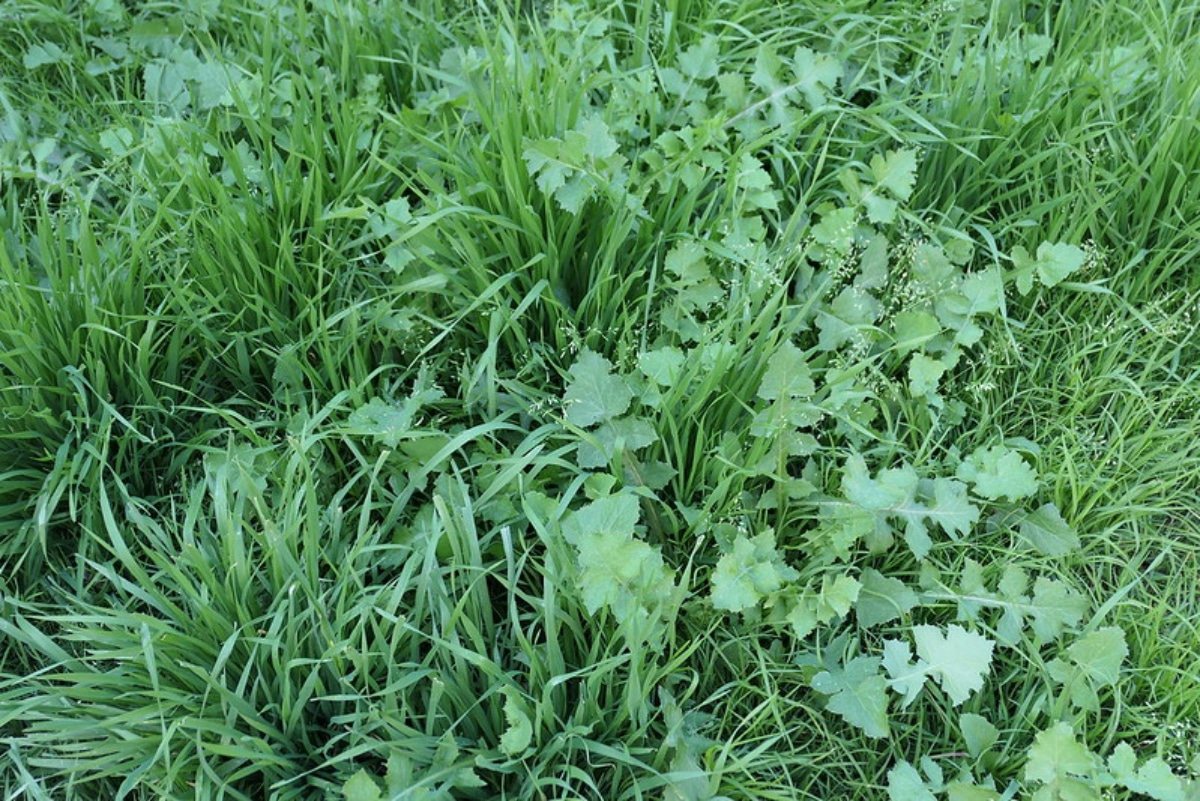
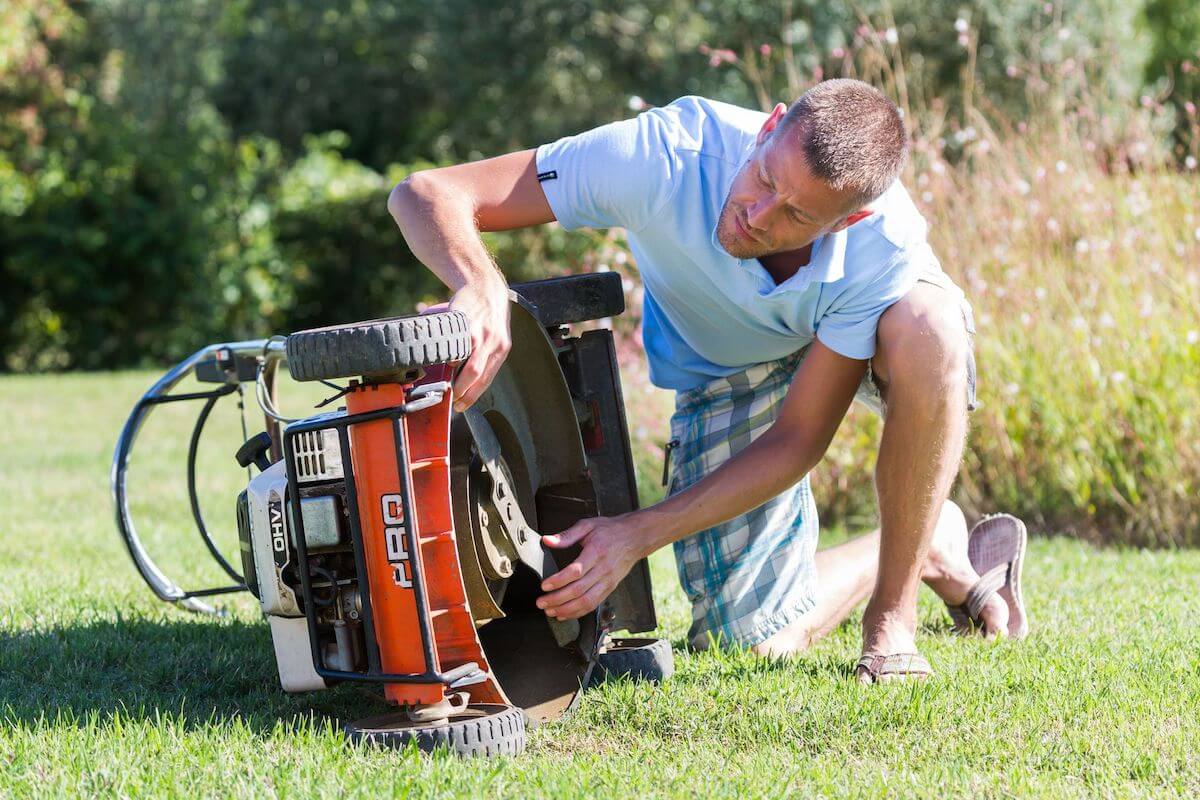
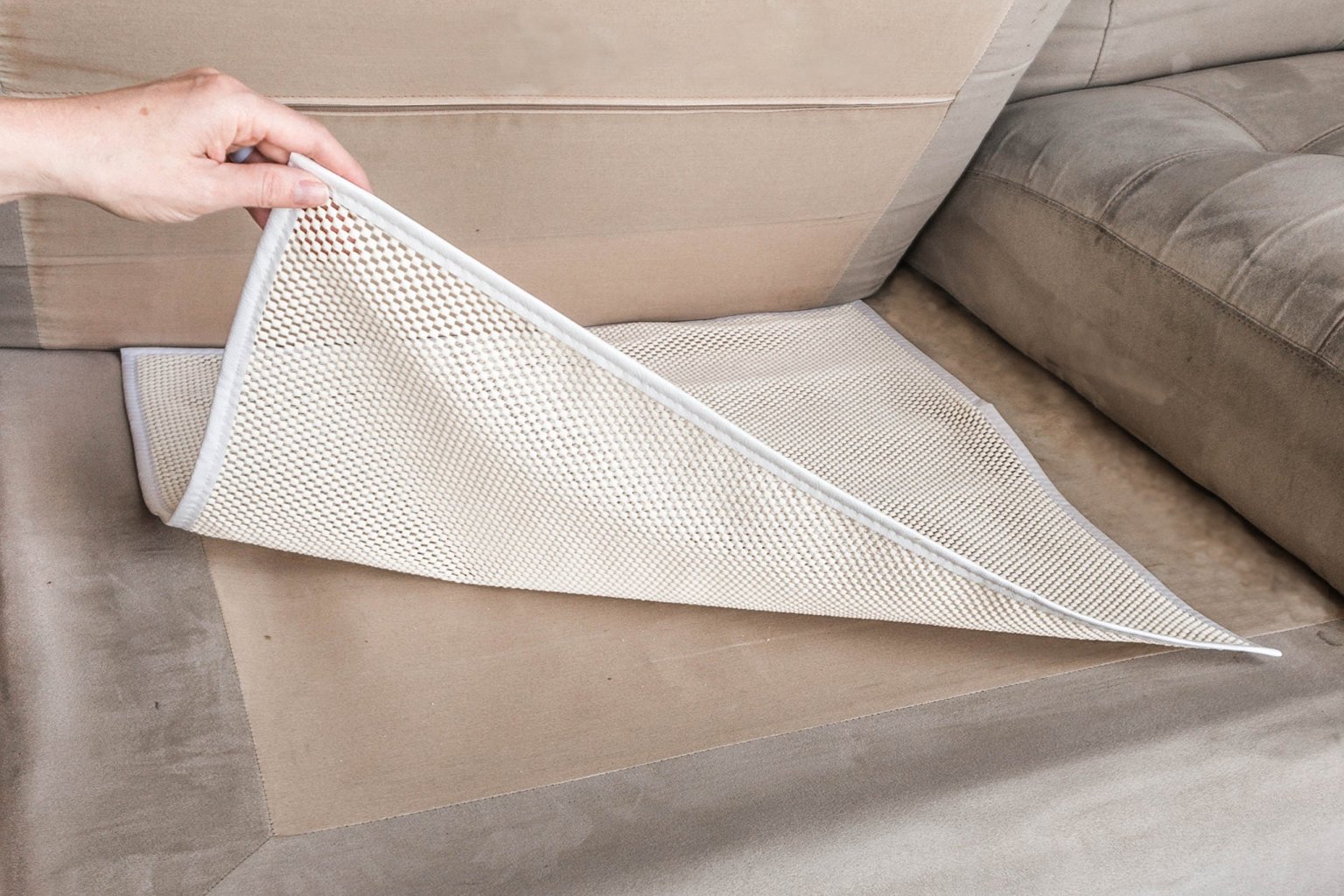

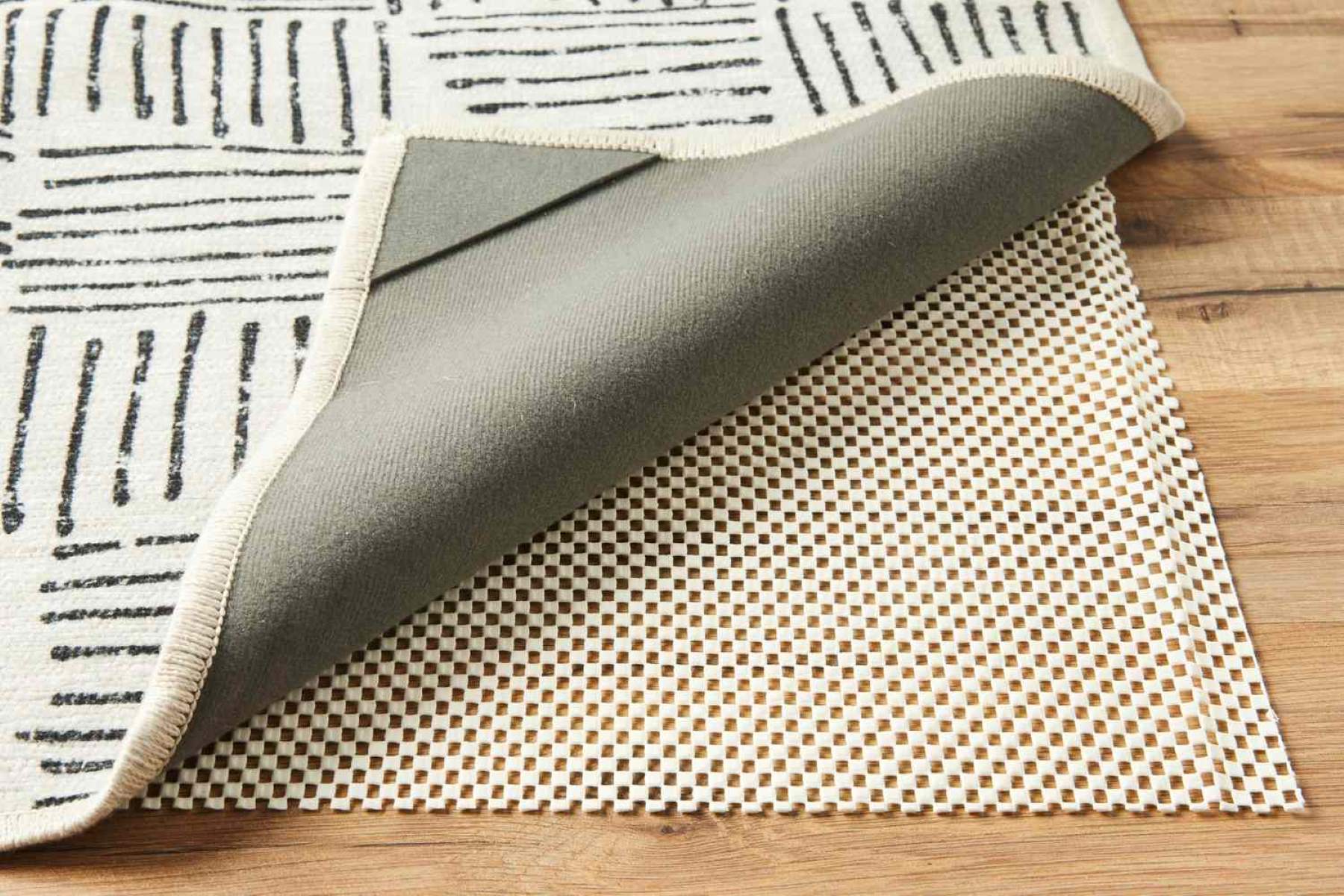
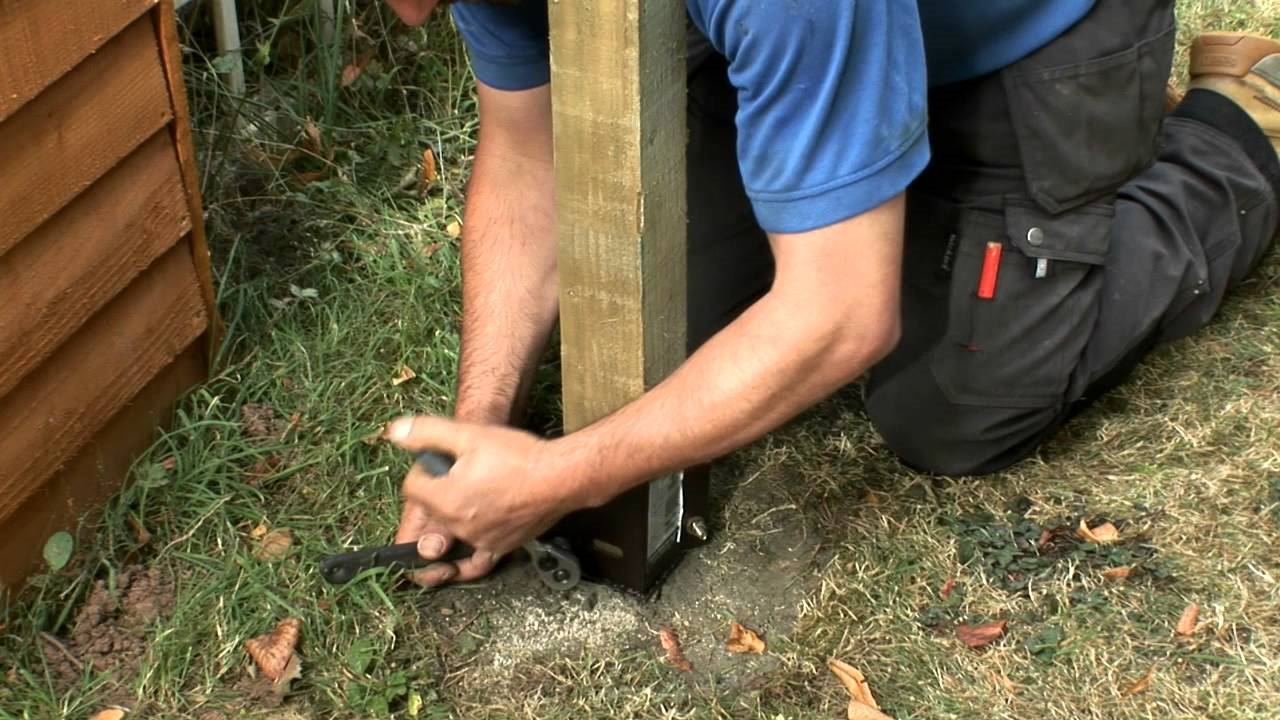
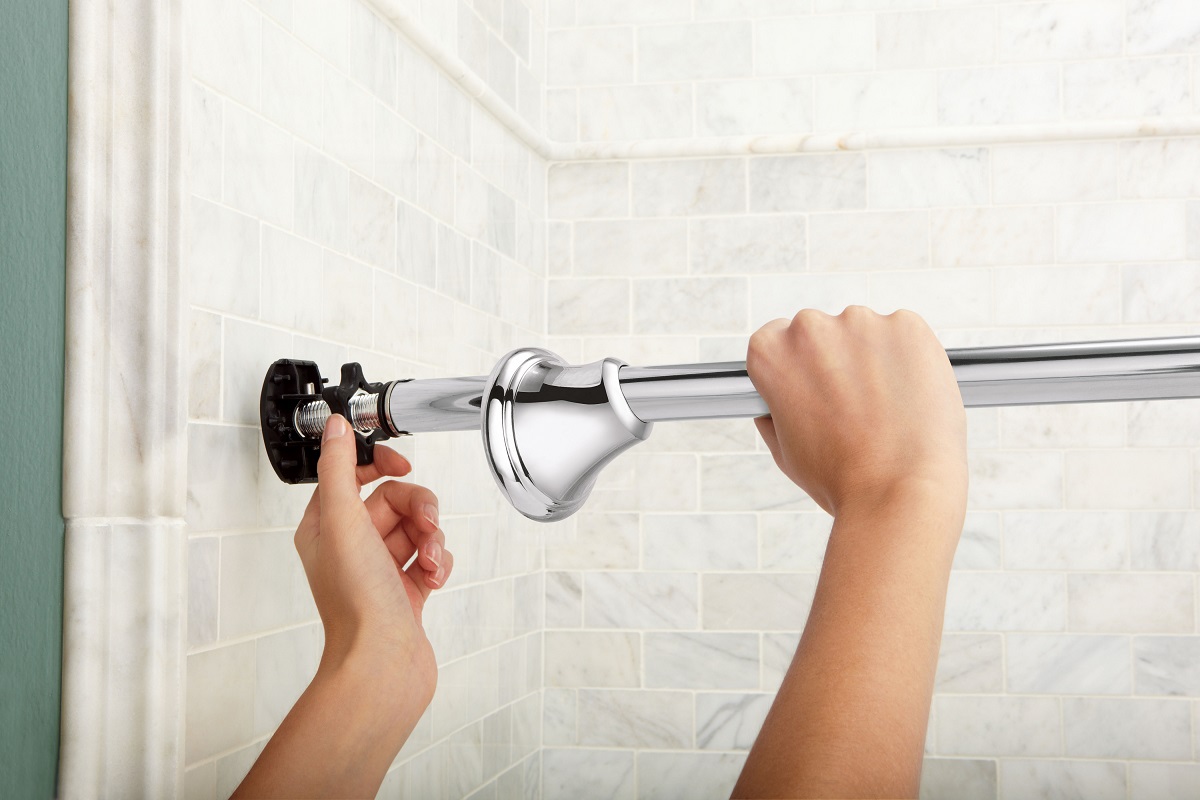


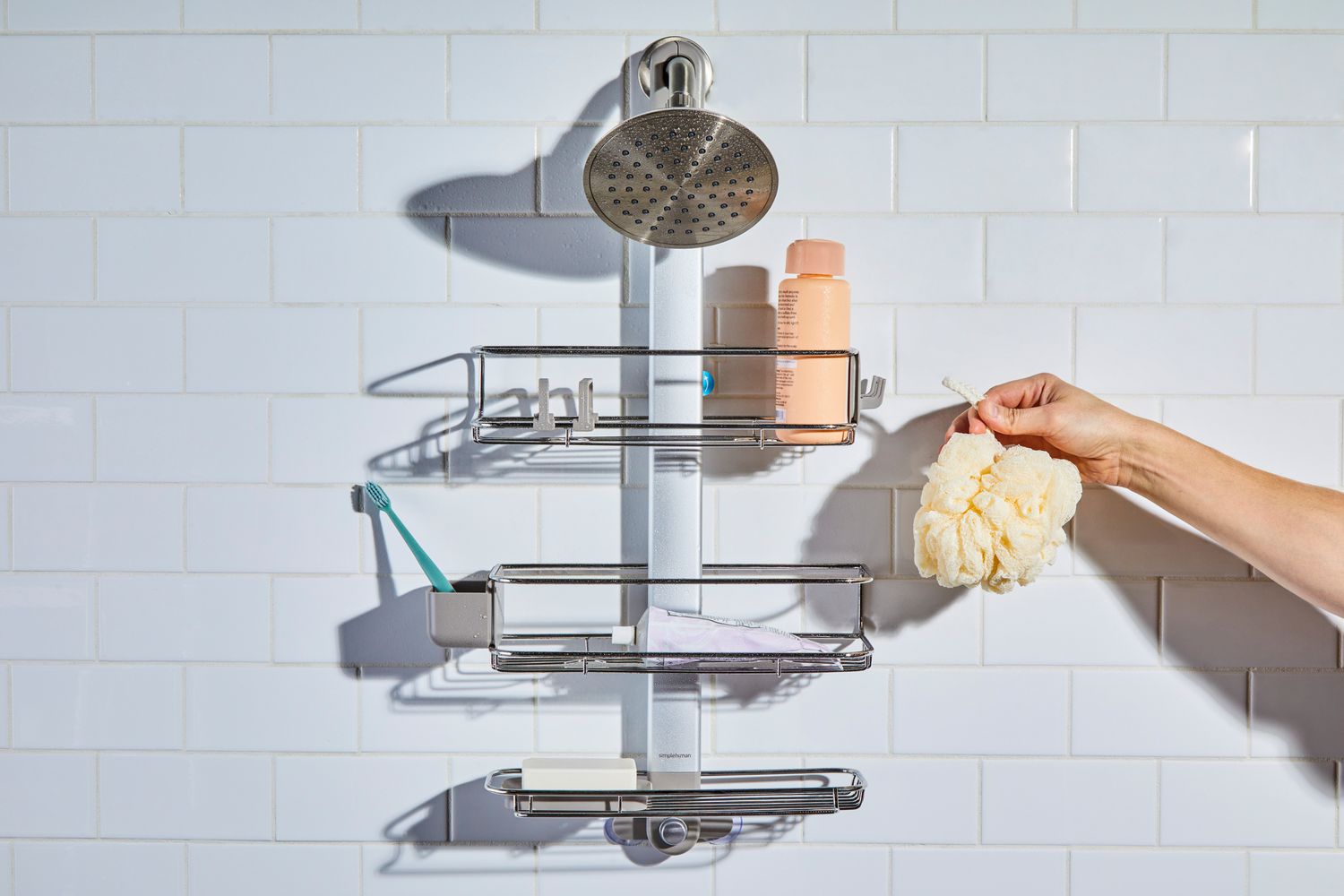

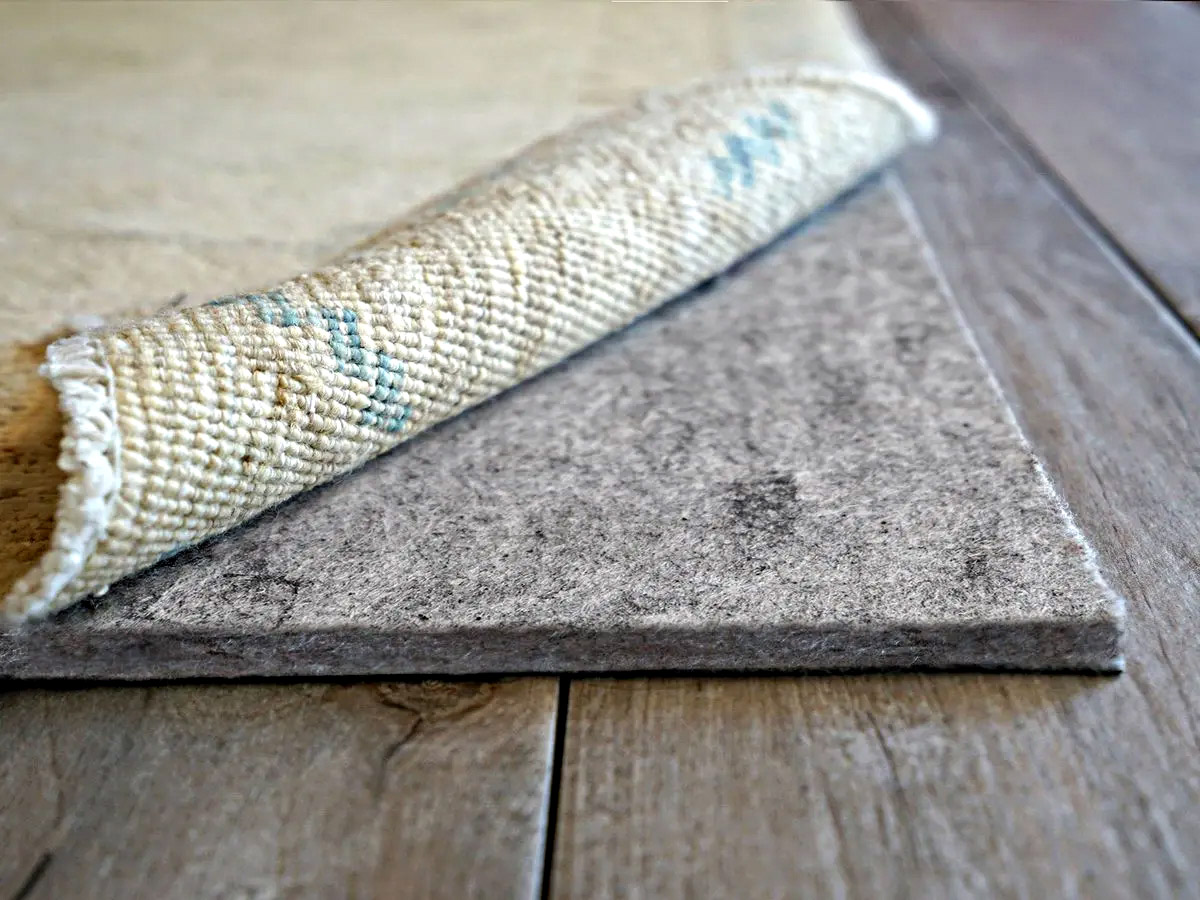
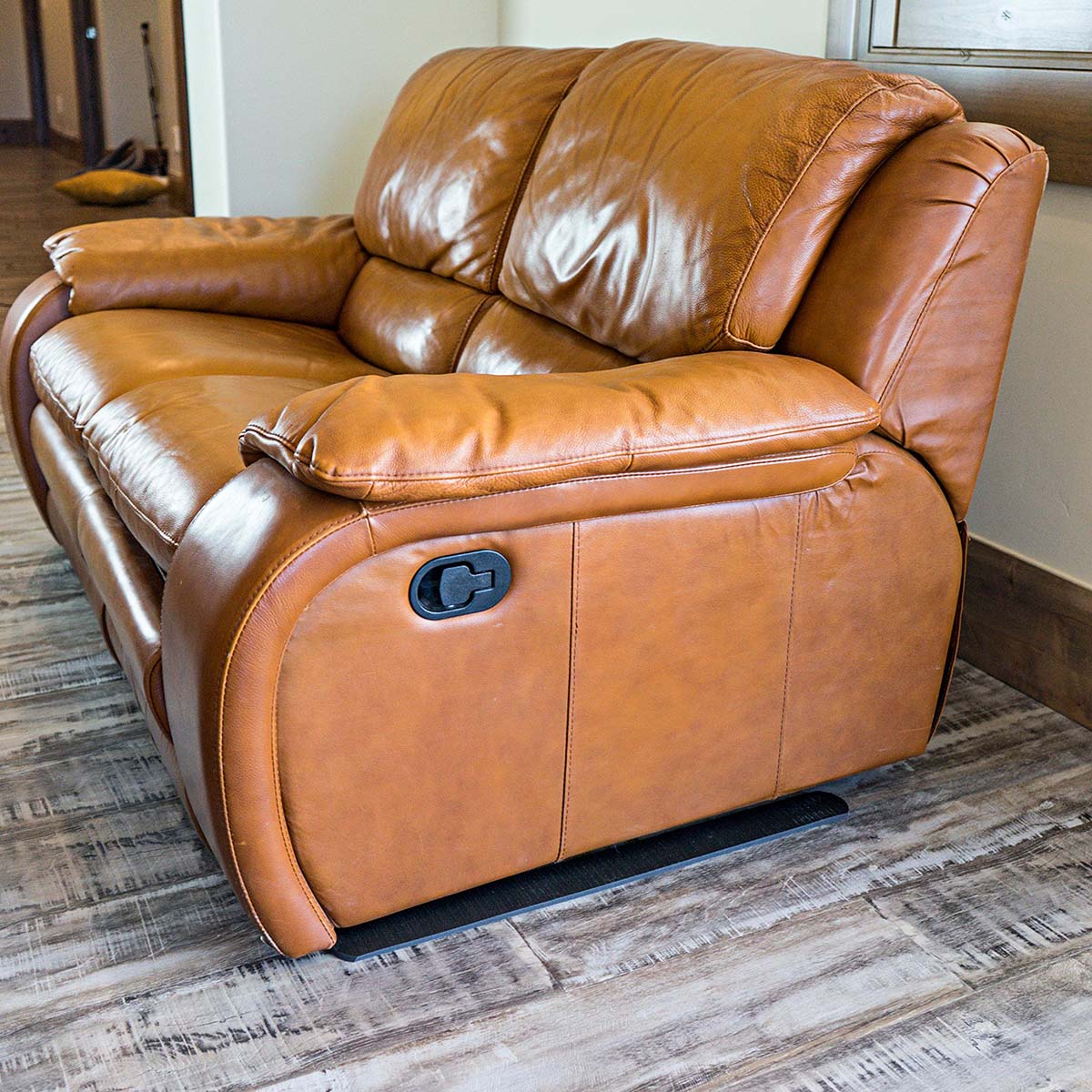
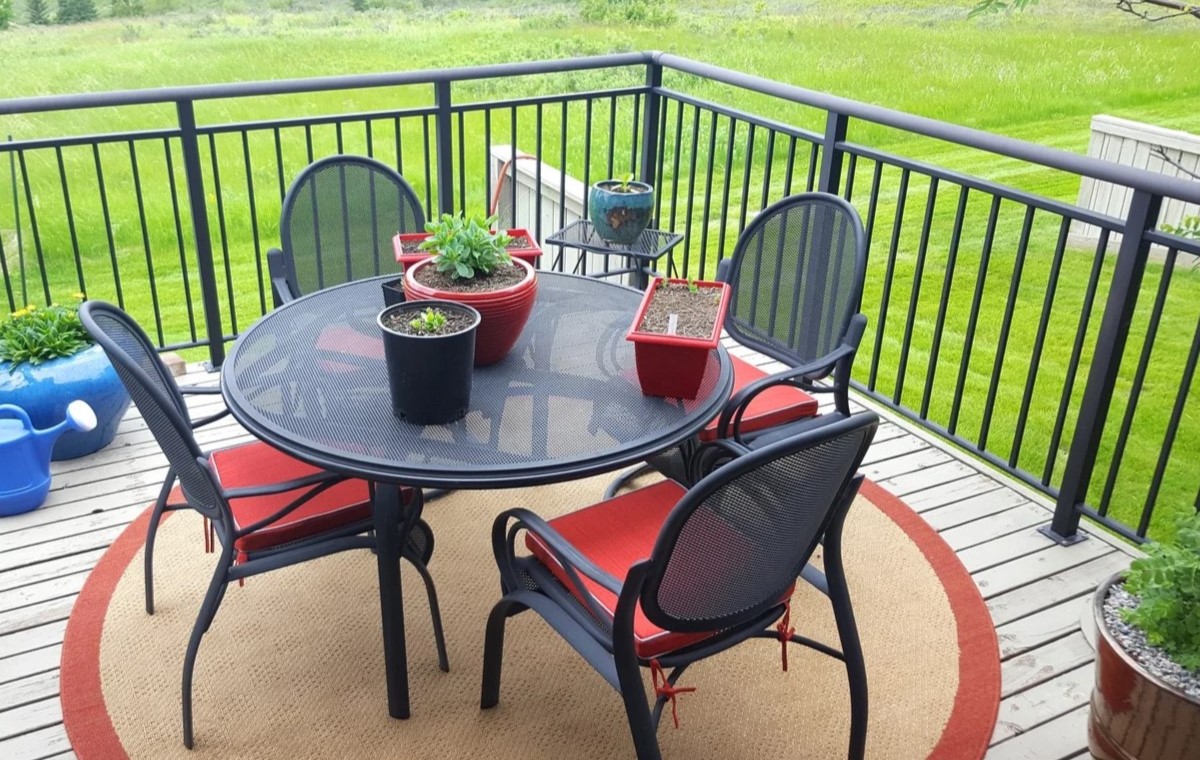

0 thoughts on “How To Prevent Decking From Rotting”